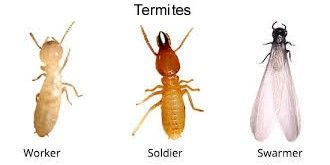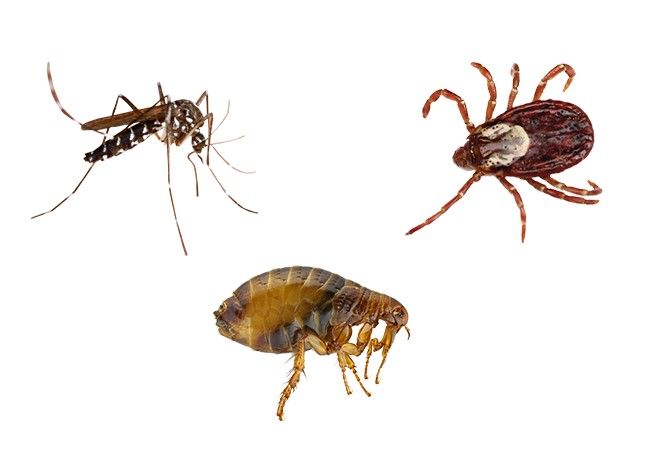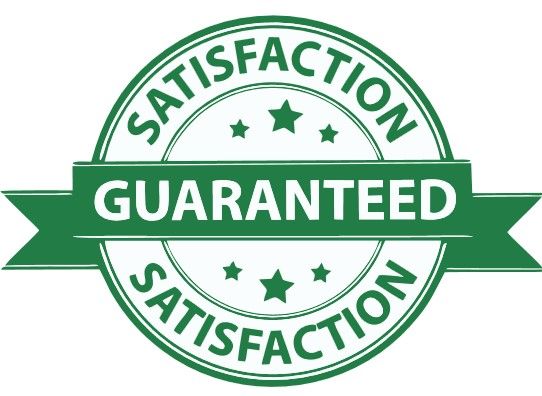Prevention & Cultural Practices (IPM)
An Ounce of Prevention is Worth a Pound of Cure
IPM is a multifaceted approach to pest management that involves a combination of actions and decisions used to protect against your property from unacceptable damage caused by insets, plant diseases, weeds and other destructive pests.Environmental and cultural conditions directly affect a plant’s ability to withstand damage caused by pests. Stressed plants and turfgrass are more susceptible to insects, fungi and viruses. Selecting plants that will grow and thrive not only in our South Florida climate but also under the soil, water and light conditions of your home's landscape while providing the best possible growing conditions can prevent or significantly reduce pest problems.
Soil building and fertility
• Incorporate organic matter in flower and vegetable beds on a regular basis.
• Feed the soil, not the plants.
• Take a soil test every 1-2 years and adjust the pH accordingly.
• Fertilize as needed to maintain vigor.
• Avoid over fertilizing plants, as it can lead to pest problems.
Mulches
• Apply mulch to a depth of no more than 3 inches
• Keep mulch away from tender plants.
• Mulches help to maintain even soil moisture, prevent weed-growth and soil erosion and protects plant roots and crowns from winter damage
Choose the right plant for the right place
• Select well-adapted varieties for the site conditions.
• Select disease or insect resistant varieties.
• Purchase healthy, certified, disease-free seeds, transplants and nursery stock.
• Plant at the right time.
• Purchase plants that will ‘fit’ into the site when they reach mature size.
Proper planting techniques
• Select suitable sites for the selected plants.
• Prepare soil correctly.
• Make the hole 2–3 times the size of the root gall.
• Plant shrubs and trees with the root flare at or just above the soil line.
• Water newly planted trees and shrubs deeply (2" of water) every 1 to 2 weeks as needed.
Encourage beneficial insects and mites
• Choose plants of different heights to provide refuge for beneficials.
• Provide a succession of flowering from spring to fall to provide food sources.
• Provide water in shallow containers.
Irrigation techniques
• Avoid overhead watering and splashing soil onto plants.
• Water trees and shrubs slowly and deeply. Remember that the root zone can extend out 2 to-3 times the height of the tree beyond the drip line. Check the depth of soil moisture after irrigation by digging a small hole or inserting a stick.
• Use drip irrigation and soaker hoses where practical.
Remove or mow weeds
• Hand pull, rogue out with tools, mow very low or use an herbicide carefully.
• Weeds rob plants of moisture and nutrients and are alternate hosts for pests and diseases.
Other cultural practices
• Prune to increase air circulation.
• Avoid accidental root-pruning through hoeing and tilling.
• Do not work with plants when foliage or soil is wet.
• Use floating row covers to prevent pest problems (with vegetables).
Garden sanitation
• Remove and dispose of diseased or infested plant parts and dead plants.
• Rake up and dispose of diseased leaves and fruits.
• Clean up and compost garden debris in the fall.
Healthy transplants
• Use soilless planting media.
• Use clean, sanitized seedling flats and plant containers.
• Do not over-water.
• Acclimatize transplants that are grown indoors by slowly introducing them to outdoor conditions.
• Protect new transplants and seedlings from cutworms and slugs with paper collars.
Island Environmental works directly with homeowners and thier landscaper, gardener and/or property manager to ensure the best practices are being implemented on your property to prevent unwanted guests in your landscape. Educating yourself is important because many plants can often tolerate a small number of pests. Small amounts of injury to plant material from pests can work to stimulate new plant growth leading to stronger and heathier plants. A successful IPM program requires everyone to work in concert to ensure the appropriate management tools and tactics are being used to control pests while minimizing risks to your plants, to people, pets and the environment.
Get a FREE Evaluation
- Integrated Pest Management
- Prevention & Cultural Practices (IPM)
- Pest Identification & Monitoring
- Biological Control Solutions
- Disinfection Services
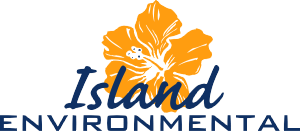

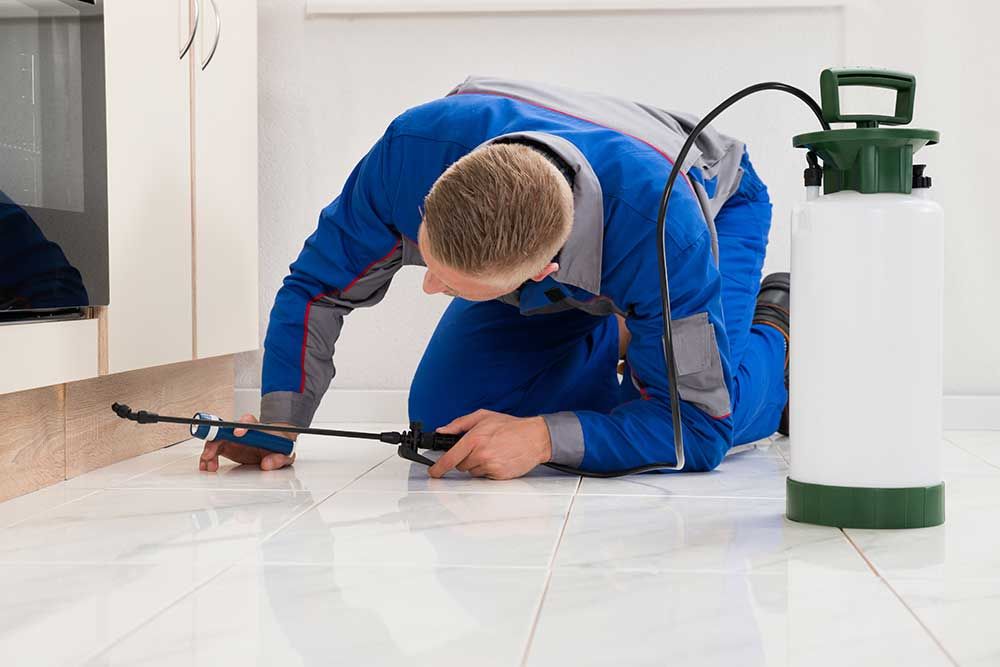
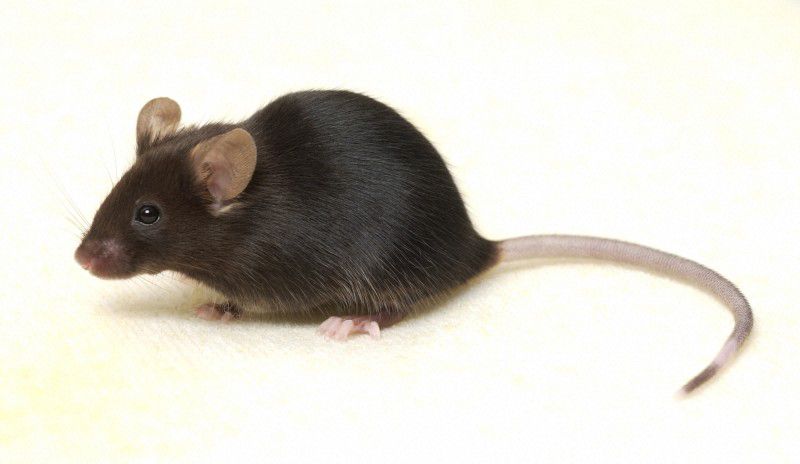
.jpg )
